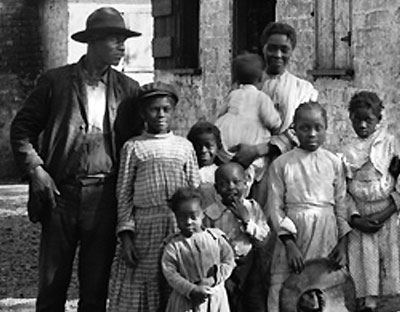
Then she offered up the information about what had happened to these Indian people. The teacher was talking more in generalities about these wonderful Indians who came and they taught how to plant corn, and then at the end of the season they harvested all this wonderful food which helped them to survive and they had a great feast. And at that time, back in the 1960s, they didn't mention the Wampanoag tribe by name. We were being taught about Thanksgiving and the story of the friendly Indian. Paula Peters: I can remember very vividly going into, I believe it was my second-grade classroom. Hasan Kwame Jeffries: You know, the film opens with Paula Peters, who talks about learning the history of native peoples as a young girl from white teachers. The tribe that I am from, the north slope of Alaska, Iñupiaq. Hasan Kwame Jeffries: Alice, how are you doing? It's great to be in conversation with you.Īlice Qannik Glenn: Hello, good afternoon. It was created by a unique team of filmmakers based in Alaska, and I’m happy to have the assistant producer, Alice Glenn here with me to talk about this amazing film which you can watch at /forgottenslavery. This is a special, short episode about Learning for Justice’s new film, The Forgotten Slavery of Our Ancestors. We’re a production of Learning for Justice-a project of the Southern Poverty Law Center. Hasan Kwame Jeffries: I’m Hasan Kwame Jeffries, and this is Teaching Hard History.


Teaching Hard History: Podcast, The Other Slavery (Andrés Reséndez).Learning for Justice, The Forgotten Slavery of Our Ancestors (film).


 0 kommentar(er)
0 kommentar(er)
